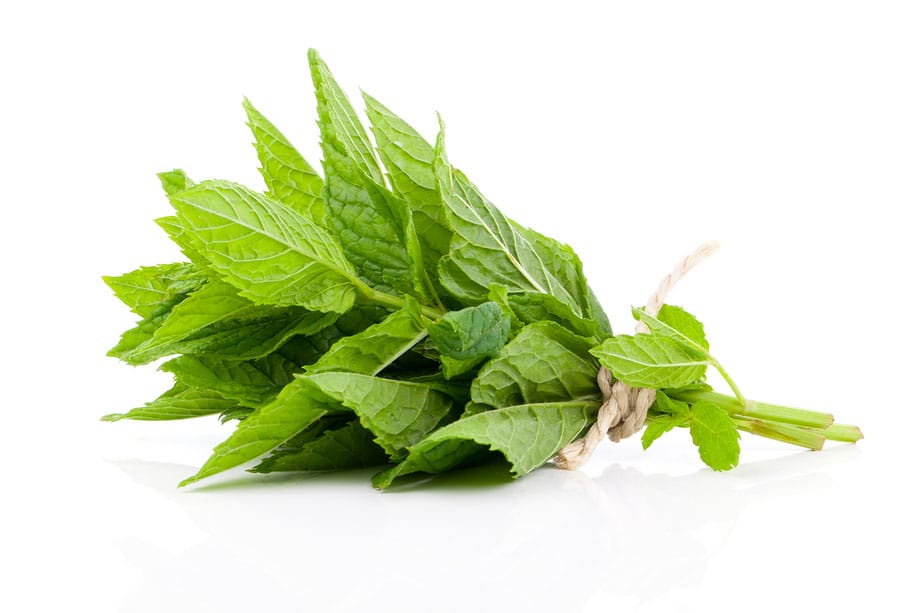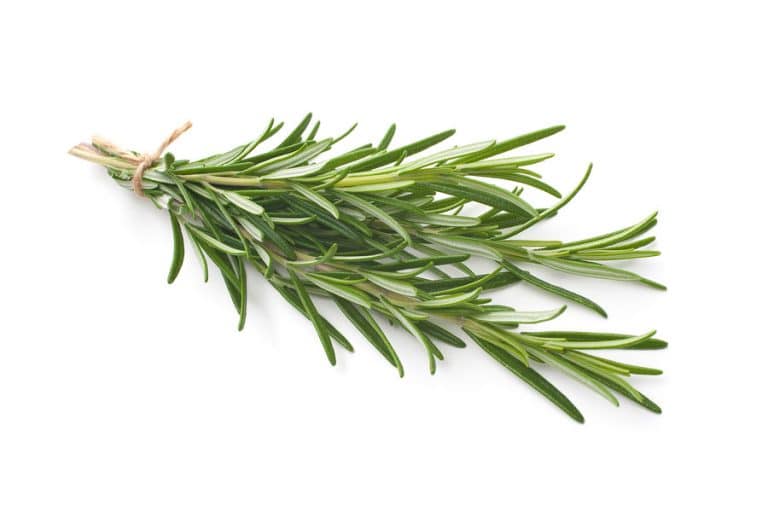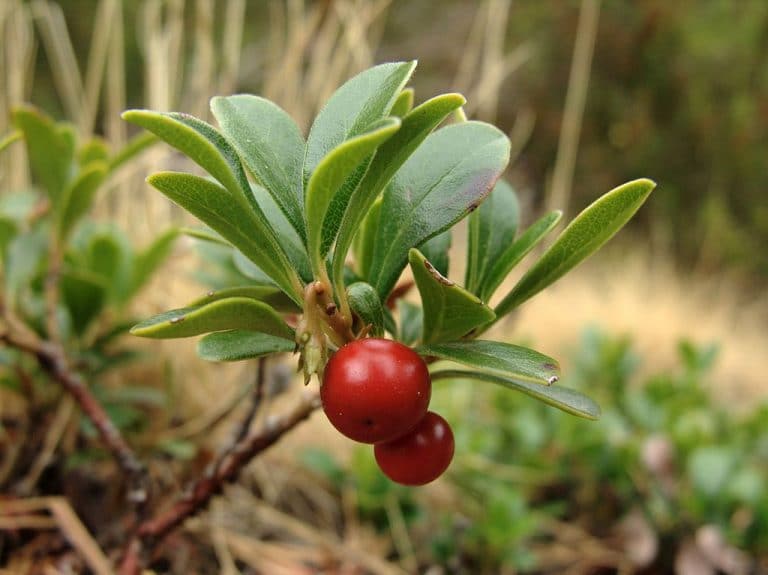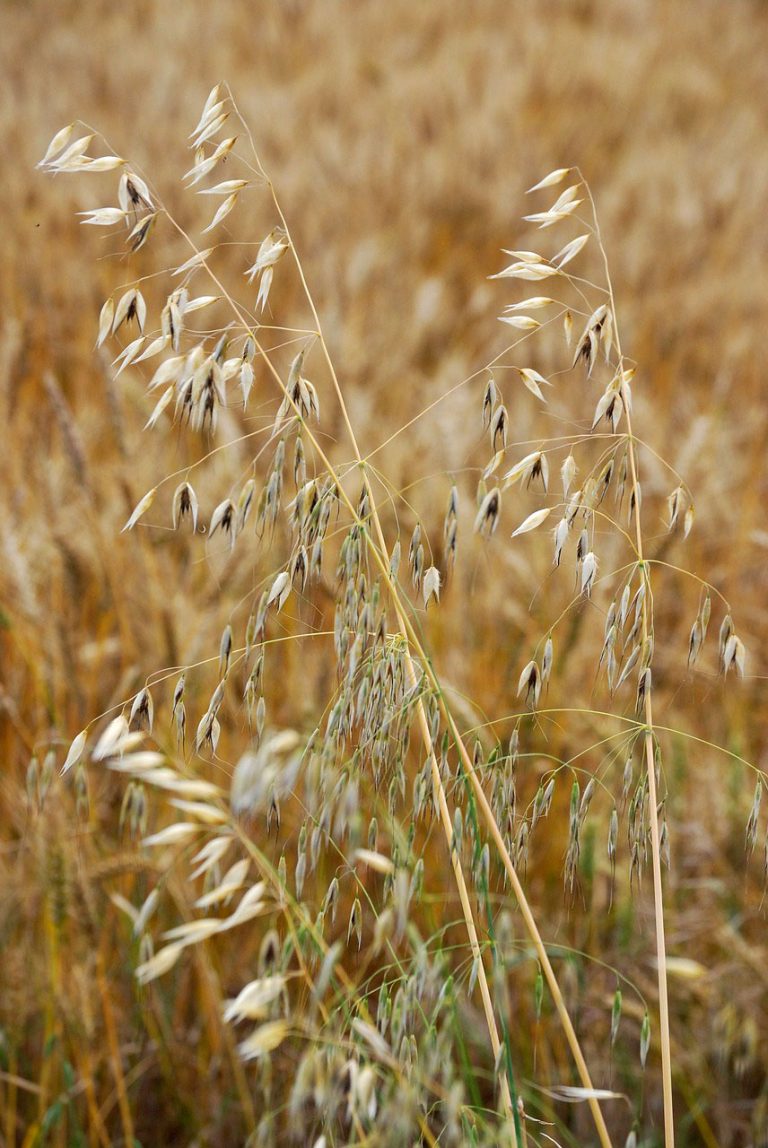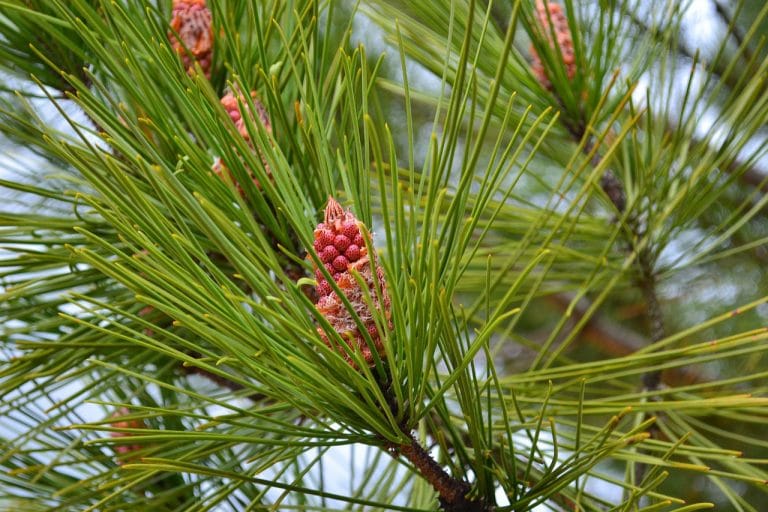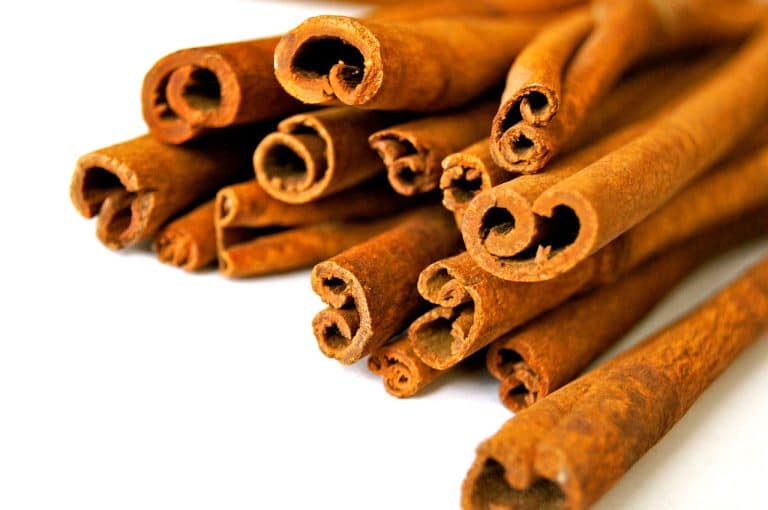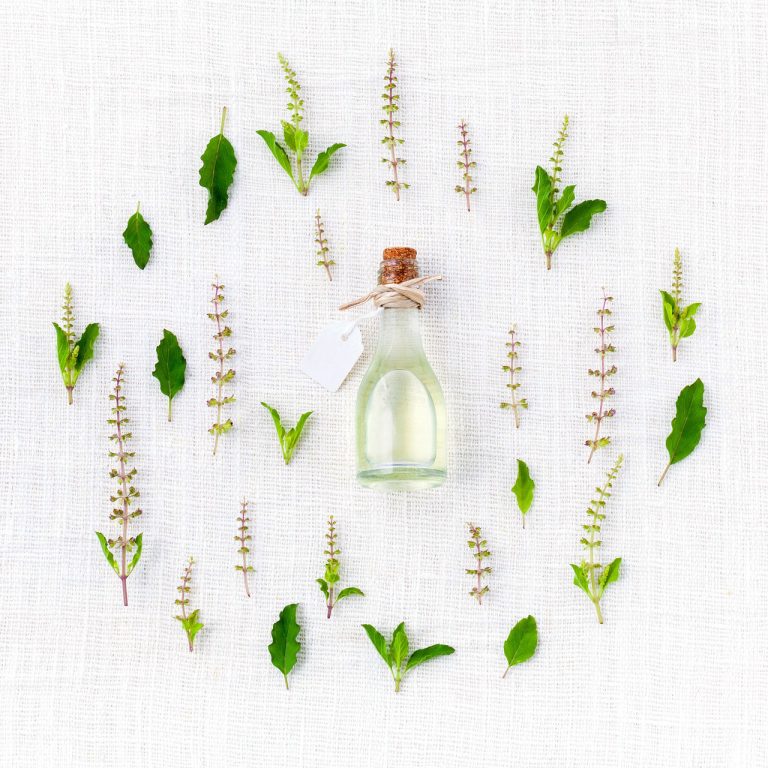Spearmint
Scientific Classification
| Kingdom: | Plantae |
| Order: | Lamiales |
| (unranked): | Angiosperms |
| (unranked): | Eudicots |
| (unranked): | Asterids |
| Family: | Lamiaceae |
| Subfamily: | Nepetoideae |
| Genus: | Mentha |
| Tribe: | Mentheae |
| Species: | M. Spicata |
| Binomial Name: | Mentha Spicata |
The Spearmint plant is a species of mint. It is a herbaceous perennial plant of the Mediterranean region belonging to the genus Mentha and the family Lamiaceae. It has the pleasant smell of mint. This herb is used in medicines. It is cultivated for its Carminative and Aromatic oil. Spearmint has antioxidant, anti-androgenic, and anti-fungal properties. The term “mint” refers to Spearmint and peppermint. Leaves and oil of the Spearmint herbs are used in medicinal preparations. Spearmint is also known as Garden Mint, Curled Mint, Green Mint, Fish Mint, and Lamb Mint. Its herb parts are rich in minerals, calcium, potassium, iron, and manganese.
History
Since Roman times, the Spearmint herb is found in the European cuisine. In the late 1500’s it was introduced by the earliest immigrants to North America. At that time it was used to treat and prevent scurvy because of its high vitamin C content.
Anatomy
The spearmint plant grows 30 to 100 cm tall in size. Its leaves are 5 to 9 cm long and 1.5 to 3 cm broad and deep green in color. Leaf tips are pointed. Its flowers are slender spikes. The flowers are white or pink in color and 2.5 to 3 mm long and wide. These flowers are small and are arranged in clusters. The stems of Spearmint plant are hairless to hairy. This stem is square shaped.
Habitat
Spearmint is native to Europe, Australia and Asia, including the Himalayas, China and the Middle East. It is found naturally in South and North America and Western and Northern Africa and also in the Oceanic islands. Spearmint is widely distributed in the temperate regions of the Old World and throughout the subtropical and temperate areas of the world.
Soil for Planting
The spearmint plant grows in the fertile and loose soil. It grows well in the moist, well drained and rich soil with a PH of 6.5 to 7.
Planting
As a garden herb, the Spearmint plant can be grown in pots at home. As a field crop it is cultivated at large scale for the purpose of its essential oil. It is easy to plant Spearmint. Planting by the sowing of seeds is a bit difficult. It requires good moisture until germination. Usually people opt for the cutting method to propagate Spearmint. Before planting, the cutting from the mint plant should be placed in a glass of water to develop roots for about 2 weeks. If acquiring from a nursery, then it will be already with roots. The best time to plant is in the fall or spring in the regions where there is no frost climate. The plant growing in the pot will help to control its aggressive growth. So to plant a single seedling, choose a 12 to 16 inch wide pot along with potting soil, which should be added with polymer to retain moisture content in the soil. Then the seedling should be planted 5 cm deep into the soil and 15 cm part if more than one plant is cultivated in the same pot. Make sure to place the pot in a sunny location where the plant can receive full sun especially in the morning time and partial shade in the afternoon time. Even the soil should be moist and wet for the healthy growth of Spearmint.
Watering
Spearmint requires watering regularly. During the growing season moisture is essential for good growth of the plant.
Temperature and Humidity
The spearmint plant grows well in all temperate climates. It prefers partial shade, but full sunlight is also ideal for it.
Flowering and Maturing Care
Care of Spearmint plant is easy. It requires annual mulching for moisture and to keep the roots cool. Potted plant requires fertilizers. Water is the main factor in the growth of Spearmint, hence, the water content should be regularly checked by hand, and provided adequately especially in the first year. The soil should be moist but not soggy, so always take care while watering. Pruning regularly will encourage growth of leaves on the sides, and thus the plant will turn bushy, which renders it easier for harvesting. Pluck off the flower bud before it blooms. This will help the plant to grow in control and it can also help to extend the period of harvesting the leaves. The plant will grow big within 2 to 3 years and will not fit in the container; hence it should be spilt and planted in separate pots which will help to maintain the flavor and the growth for a longer period.
Harvest
The leaves of Spearmint plant are harvested from the end of the spring till the beginning of the autumn. The leaves are harvested just before the flowering. Only 1/3rd of the leaves should be harvested at a time and it should be allowed to grow before the next harvest. For drying the herb, the stem bundles should be hanged upside down in a ventilated room or can also be spread on a tray. The leaves will be dried when the stems turn brittle, from which, the leaves should be separated and stored in an airtight container.
Pests and Pesticides
The Spearmint plant is affected by many pests such as Aphids, spider mites, root borers, flea beetle, root weevils and cut worms. It is prone to leaf spot, rust, stem canker, powdery mildew and anthracnose.
Dosage
The dosage of the Spearmint can be prescribed only by considering certain factors like age, health and weight of the patient. Hence, clinically approved dosage of Spearmint is not yet clear. Still, the Spearmint is considered safe and any harmful side effects have not been recorded yet. Using it 3 times a day in small quantity will be adequate. Drinking a mint tea everyday is considered safe, but pregnant ladies and feeding mothers should not use this herb for any medicinal purposes without seeking medical advice.
Side Effects
Spearmint is a miraculous herb used for treating a wide variety of ailments. There is no much serious side effect reported with the excess usage of Spearmint. As it contains a low amount of menthol compared to the other mints, it is safe to use. A regular and excessive use of mint tea may affect the hormonal change in the person and may also affect the libido.
Uses
A tea is made from the leaves of the Spearmint plant and it is used in the treatment of the hirsute in women. The oil of Spearmint is used in flavoring in liqueur, candy, gum and dentifrices (Like Toothpaste). It is also used in scents. The leaves of Spearmint can be used dried, fresh or frozen. As a flavoring agent it is also used in foods. It is used to treat cold, headache, sore throat, toothache and cramps. It is helpful in digestive disorder such as gas, indigestion, nausea, diarrhea, gallbladder swelling and irritable bowel syndrome. It is also applied directly to the skin to treat arthritis, for swelling in the mouth and nerve pain. Its leaves are used in the making of mint sauce. It is also used to flavor ice cream, jelly, jams and cakes.

Having discovered a fondness for insects while pursuing her degree in Biology, Randi Jones was quite bugged to know that people usually dismissed these little creatures as “creepy-crawlies”.

